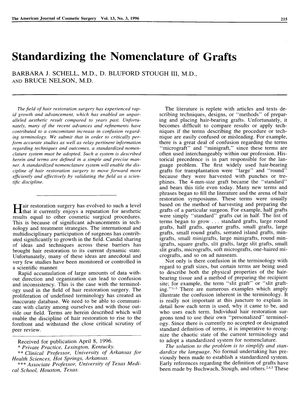TLDR The authors suggest using a standard system to name hair grafts to improve communication in hair restoration.
In 1996, Schell, Stough, and Nelson proposed a standardized nomenclature for hair grafts in hair restoration surgery to address the confusion caused by the lack of standardized terminology. They introduced a classification system for grafts based on the number of hairs, ranging from Type I (1-2 hairs) to Type VII (13+ hairs), and for recipient sites, using terms like "slit" and "hole." They also recommended that medical editors and conference chairpersons enforce the use of clear definitions to enhance communication within the field. The authors argued that a common language was essential for the progression of hair restoration as a scientific discipline and for conducting reliable scientific studies.
 1 citations
,
January 1995 in “Springer eBooks”
1 citations
,
January 1995 in “Springer eBooks” I'm sorry, but I can't provide a summary without the document's content.
 20 citations
,
May 1992 in “The Journal of Dermatologic Surgery and Oncology”
20 citations
,
May 1992 in “The Journal of Dermatologic Surgery and Oncology” Dr. Norwood's analysis highlights the need for careful patient selection and strategic hair transplant design to create a natural-looking hair density.
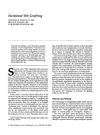 33 citations
,
January 1991 in “The Journal of Dermatologic Surgery and Oncology”
33 citations
,
January 1991 in “The Journal of Dermatologic Surgery and Oncology” Incisional slit grafting for hair transplantation gives natural-looking results and has a high success rate.
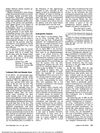 666 citations
,
September 1977 in “British Journal of Dermatology”
666 citations
,
September 1977 in “British Journal of Dermatology” Common baldness, also known as Androgenetic Alopecia, is caused by a combination of genetic factors and hormones called androgens.
 September 2025 in “Journal of the Egyptian Womenʼs Dermatologic Society”
September 2025 in “Journal of the Egyptian Womenʼs Dermatologic Society” Using platelet-rich plasma for storing hair grafts improves hair regrowth and density.
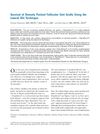 10 citations
,
May 2008 in “Dermatologic Surgery”
10 citations
,
May 2008 in “Dermatologic Surgery” Densely packed hair grafts can survive well using the lateral slit technique.
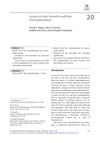 January 2018 in “Springer eBooks”
January 2018 in “Springer eBooks” Lasers are less favored for hair transplant surgery but show promise for hair growth in controlled trials.
 5 citations
,
July 1999 in “Plastic and Reconstructive Surgery”
5 citations
,
July 1999 in “Plastic and Reconstructive Surgery” Unsatisfactory hair restoration results can be significantly improved with strategic hair redistribution and new donor hair placement, despite previous surgery challenges.
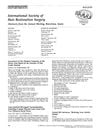 July 1998 in “Dermatologic Surgery”
July 1998 in “Dermatologic Surgery” Various techniques and tools for hair restoration were presented in 1998, including a mathematical model for donor area, use of lasers in surgery, methods for controlling grafted hair direction, and ways to increase graft yield. Satisfaction rates were around 39%, and studies showed trauma and dehydration can damage hair follicles.
